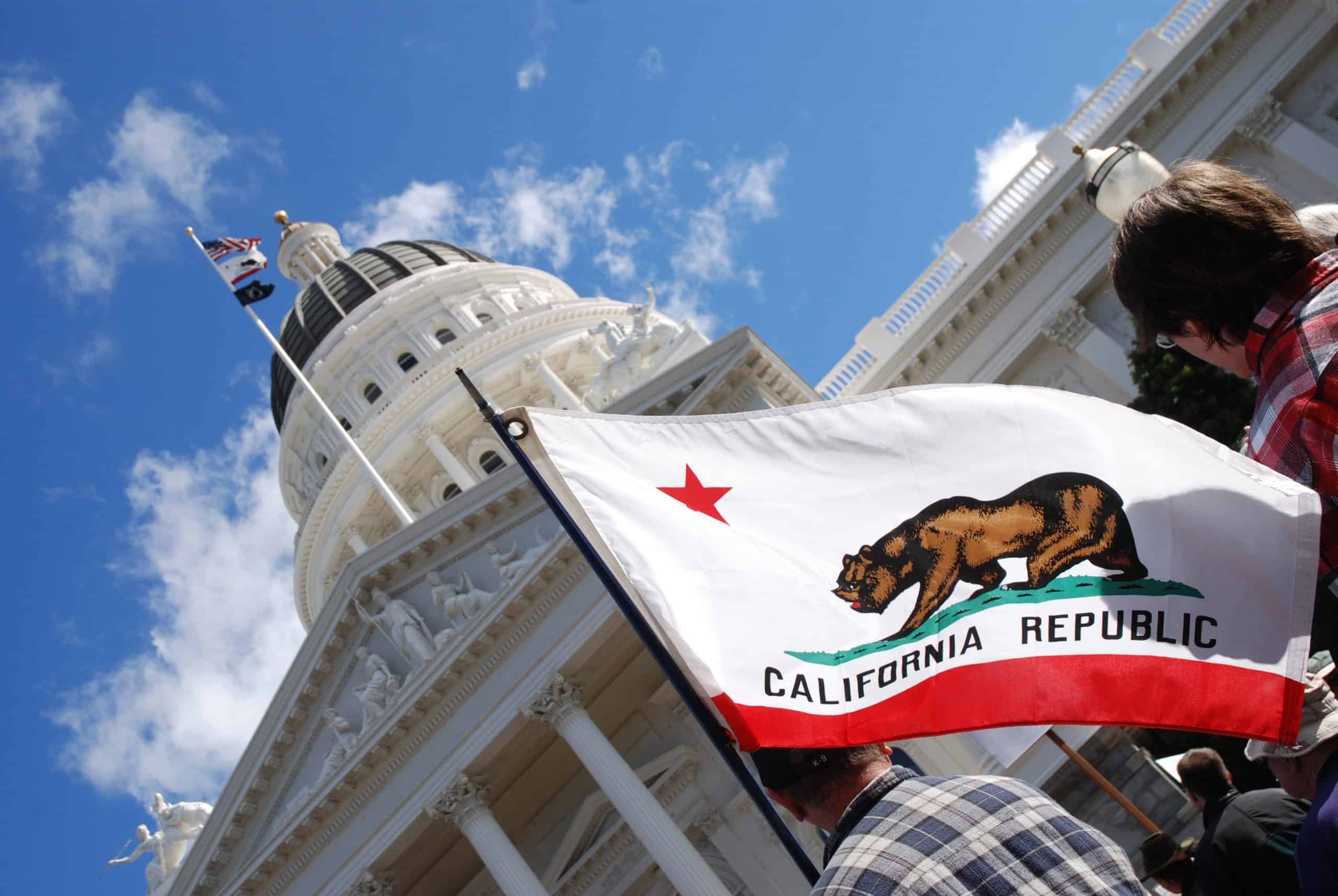California - A Climate Leader
Learning From California's Struggle to Balance Decarbonization With Energy Resilience |
Since California passed the Global Warming Solutions Act of 2006, marking its commitment to reducing greenhouse gas emissions (GHGs), the state has continued to align itself with ongoing climate change initiatives and policies.
After the first decade of the initial policy's implementation, California boosted its economy while diminishing carbon pollution with clean energy and new green technologies. However, more work needs to be done for California to reduce emissions 40% below 1990 levels by 2030.
Despite a few shortcomings, California's success in combating climate change can teach other states a critical lesson in applying similar climate action measures.
California: A Work in Progress
 California is no stranger to the effects of climate change. In 2021, California Fire and the U.S. Forest Service responded to 8,786 wildfires spanning 2,568,941 acres. The consequences of these frequent fires include lower air quality, reduced soil quality, and the destruction of the state's ecosystems, homes, and livelihoods.
California is no stranger to the effects of climate change. In 2021, California Fire and the U.S. Forest Service responded to 8,786 wildfires spanning 2,568,941 acres. The consequences of these frequent fires include lower air quality, reduced soil quality, and the destruction of the state's ecosystems, homes, and livelihoods.
In other parts of the state, like the Sierra Nevada, hotter temperatures are melting the snow and releasing about 15 million acre-feet of water all at once. With this event occurring more frequently and earlier in the year, the state's water storage facilities face increased pressure and generate fear of worsening floods and water shortages.
California has recognized the importance of securing its precious resources, including its energy. More fires and extreme temperatures are unavoidable due to climate change in the years to come.
The energy sector has changed dramatically over the years, from depending on natural sunlight to electrical grids to investments in renewable energy technologies. Populations and heavy industry have increased worldwide, and the demand for greener initiatives has, as well.
California has done the following in its effort to become more energy-efficient:
- The state became the top producer of electricity from renewable resources — solar, geothermal, and biomass — in the United States in 2019.
- California initiated the Low Carbon Fuel Standard (LCFS) that requires reduced carbon in transportation fuels, transitioning to regulated fuels like natural gas, hydrogen, electricity, propane, and biomass-based diesel.
- It implemented cap-and-trade mandates to limit approximately 80% of the state's emissions and chemicals from industrial activity.
Powerful storms, strong winds, fires, tornadoes, and other natural events can knock out electricity grids for days, weeks, and even months on end. However, it's essential to create substantial emissions-reducing legislation that tackles the climate crisis and allows for a more resilient power source.
What else can be done to progress the decarbonization of California and other states across the nation?
The Next Step: Decarbonizing Buildings
Buildings are responsible for generating nearly 40% of the world's global greenhouse gas emissions, a majority of which are produced by operations and materials. California recently launched the Building Decarbonization Coalition (BDC) to continue balancing energy resilience with decarbonization.
Residential and commercial properties account for 25% (roughly) of California's GHGs, including on-site fossil fuels and refrigerants for space cooling.
The BDC aims to cut 40% of structural emissions and adopt zero-emissions building codes by 2030. It has gathered experts in the energy sector, public interest advocates, building contractors, construction workers, local government officials, real estate agents, and investors for their input and industry knowledge.
The BDC released a guide that details set goals, philosophies, policies, and strategies that California intends to meet in its path toward building decarbonization. Highlights and recommendations from the report include:
- Adopt an emissions-free building code for all new construction, removing the reliance on fossil fuels and shifting toward renewables instead.
- Replace heat and hot water appliances in existing buildings with zero-emission alternatives over time.
- Help increase the market share of clean, electric appliances by replacing all fossil fuel-burning appliances.
- Ensure that building decarbonization is conducted in a cost-effective, equitable way to prevent burdening disadvantaged communities with excess costs.
- Guarantee that efforts to decarbonize buildings aid the grid by incorporating renewable energy into the state's power supply.
Barriers to Building Decarbonization
While California's building decarbonization pursuits could be applied to emissions-reducing objectives in other states, the BDC and stakeholders recognize that several barriers need to be addressed for the state to reach its goals by 2030:
- Government officials, industry experts, and the public currently lack interest in and understanding of building decarbonization technologies.
- Gas utility companies and various labor unions are likely to deliver political resistance, particularly to decarbonizing commercial buildings.
- A lack of coordination exists between like-minded emissions-reducing organizations throughout the state.
- Customers and contractors are faced with higher upfront costs and little financial assistance or incentives to back renewable technologies for building decarbonization.
- Many building decarbonization technologies aren't available yet, requiring more states to manufacture green technologies, as well.
- Existing energy policies and building codes need to be updated to meet the newer emissions-reducing goals of decarbonization initiatives.
- Businesses and organizations don’t understand how they could realize energy savings through decarbonization.
The state needs to seek solutions to these obstacles for the next phase of California's decarbonization actions to work.
A Model of Success
Climate change will continue to worsen and affect states differently. However, California continues to lead in its approach to decarbonization and energy resilience.
California’s climate policies' collective political, economic, and social foundation serves as a model of its success. Other states can learn from it and replicate parts of its action plans.
Article by Jane Marsh
Jane works as an environmental and energy writer. She is also the founder and editor-in-chief of -
